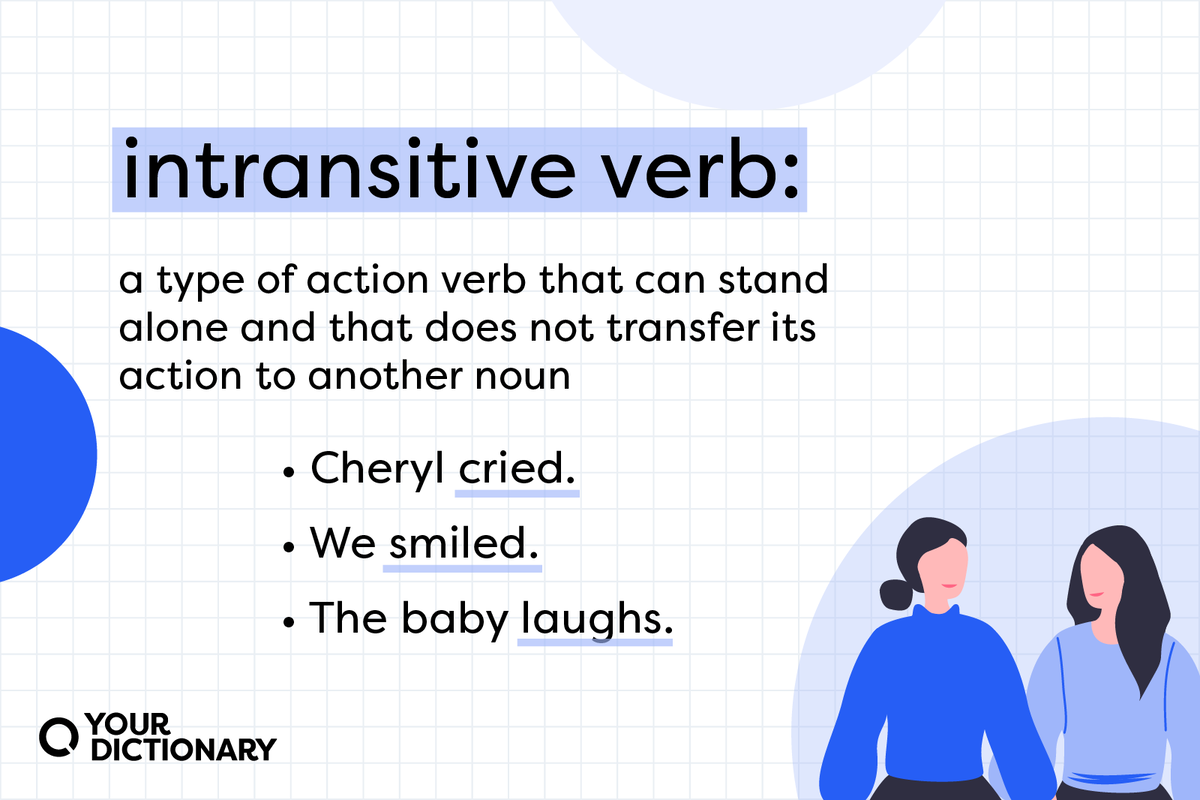When learning about verbs, it is important to understand the difference between transitive and intransitive verbs. These two types of verbs play a crucial role in sentence structure and understanding how actions are carried out.
Transitive and intransitive verbs have distinct characteristics that determine their usage in a sentence. By grasping the concept of these types of verbs, you can enhance your writing skills and communicate more effectively.
Explain Transitive and Intransitive Verbs
Transitive verbs are verbs that require a direct object to complete their meaning. In other words, the action of the verb is performed on someone or something. For example, in the sentence “She ate an apple,” the verb “ate” is transitive because it directly affects the object “apple.”
On the other hand, intransitive verbs do not require a direct object to complete their meaning. These verbs express actions that do not transfer to an object. For instance, in the sentence “He sleeps peacefully,” the verb “sleeps” is intransitive as it does not act upon any object.
It is important to note that some verbs can function as both transitive and intransitive depending on how they are used in a sentence. For example, the verb “run” can be transitive when used as “She runs a marathon” or intransitive when used as “He runs every morning.”
Understanding the distinction between transitive and intransitive verbs can help you construct clear and coherent sentences. By recognizing whether a verb requires a direct object or not, you can convey your message more accurately and effectively to your audience.
In conclusion, the difference between transitive and intransitive verbs lies in their requirement for a direct object to complete the action. Transitive verbs act upon an object, while intransitive verbs do not require an object. By mastering the usage of these types of verbs, you can improve your writing skills and enhance your ability to communicate effectively.
